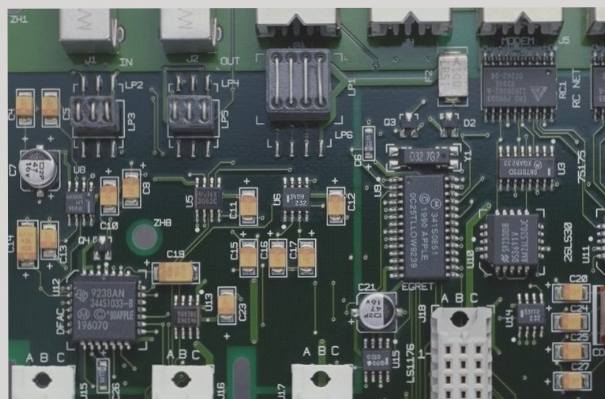Surface Treatments for Flexible Circuits
Electroplating and electroless plating of tin, nickel, gold, and solder are common methods used to treat flexible circuits. While solder plating via hot-air leveling can be cost-effective, it often results in inadequate solder uniformity for many applications.
New Surface Finishing Technologies
Emerging termination technologies have led to the development of new surface finishing methods. Soft nickel/gold plating is ideal for wire bonding and flip-chip bonding, while tin plating is used for flip-chip bonding. Hard nickel/gold plating is applied to fine-pitch pads for ACF termination and FFC connectors. Tin- and lead-free solder plating offer alternatives, and OSP provides a cost-effective solution for next-generation soldering without lead components.
Importance of Cleaning Process
Prior to applying surface treatments, thorough cleaning is essential to ensure optimal plating performance. A robust chemical cleaner with mechanical brushing is often required to remove residues and oxidation from copper surfaces. Avoid using strong alkaline solutions as they can damage adhesive resins and coverlays, leading to delamination.
Challenges in Electroplating
Electroplating ensures a reliable metallic surface treatment, controlling thickness and surface conditions effectively. However, connecting all metal pads to electrodes, especially in SMT-type circuits with isolated termination pads, poses challenges that require additional trace lines solely for electroplating.
Advantages and Limitations of Electroless Plating
Electroless plating deposits metals uniformly on all exposed terminals, including electrically isolated ones. However, controlling metal thickness and quality poses challenges, and the process can be costly due to extended processing times and expensive solutions.
- High-pH alkaline plating solutions can damage adhesive layers and coverlay materials.
- Micro bump arrays are created using advanced processes.
- Optimized plating techniques can cost-effectively produce various bump shapes.
Enhancing Flexible Circuit Functionality
Flexible circuits incorporate supplementary structures like stiffener boards to enhance functionality. Automating stiffener board production remains challenging due to diverse configurations, leading to reliance on manual labor and increased manufacturing costs.
Stiffener Board Production Process
Typically, an adhesive film is laminated onto a rigid board, followed by routing through punching or using an NC router. Pressure-sensitive adhesive materials involve a straightforward application process, while thermo-set adhesive materials require exposure to high temperatures and pressures for adhesion.
Specialized Equipment for Thermo-set Adhesives
Thermo-set adhesive materials necessitate specialized equipment like a heat press, especially for irregularly shaped stiffener boards. Dummy boards or equipment with vacuum chambers ensure uniform pressure distribution for consistent adhesion.


